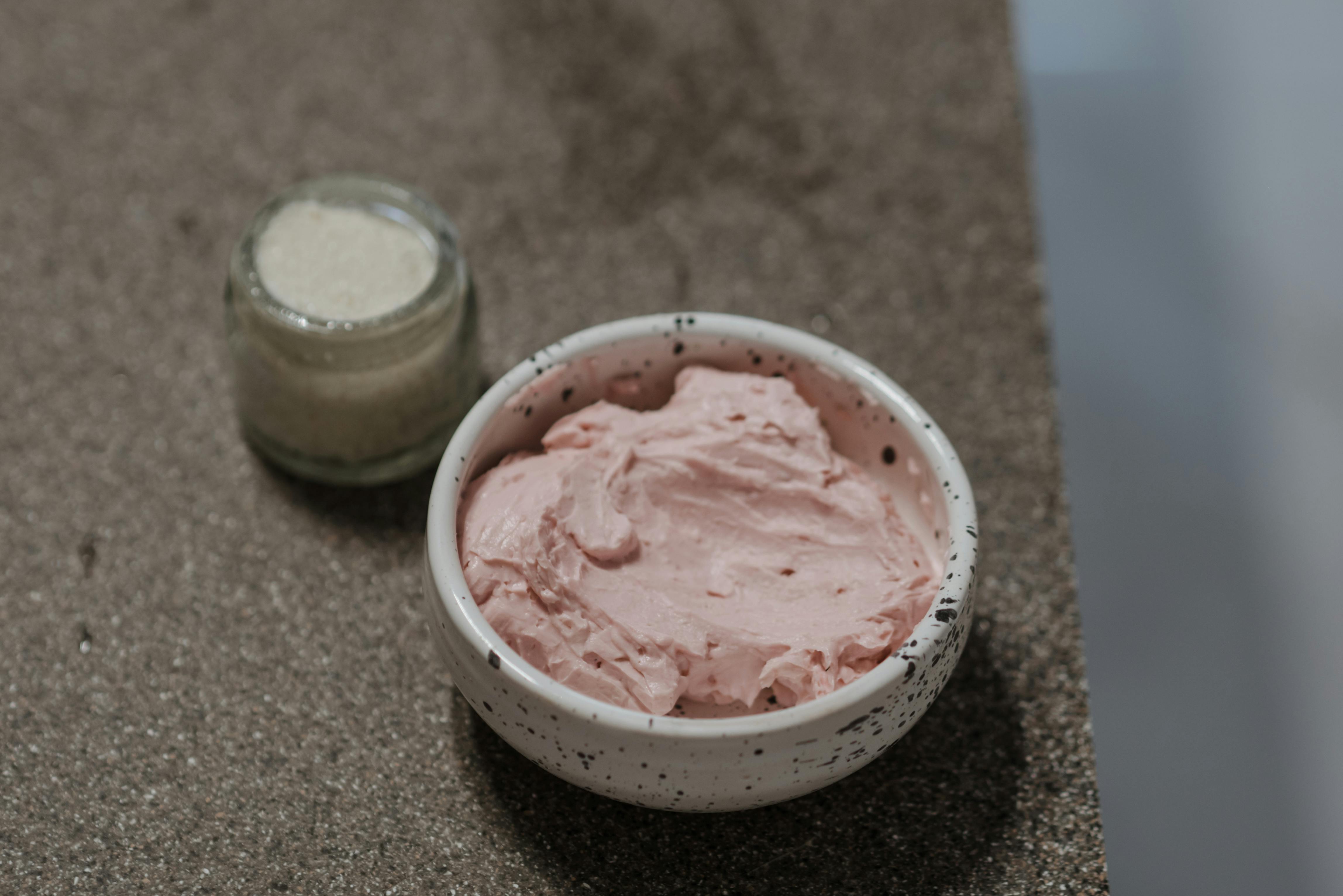
Allergies to coriander: how to combat this difficulty to avoid food allergy
Coriander is a commonly used herb in the kitchen. In Europe and much of the rest of the world, it is known as coriander. A relatively short, hairless plant, it is used throughout the world: Asia, Latin America and the Indian subcontinent make heavy use of this ingredient in local cuisines. It is even used for medicinal purposes and can help in cases of insomnia and anxiety. Unfortunately, an increasing number of people will experience an adverse reaction to cilantro in the form of full-blown cilantro allergies.
Diagnosis of a link between symptoms and allergies to coriander
Naturally, as with many others, cilantro allergies are notoriously difficult to diagnose. First of all, the person can develop this allergy so that, despite not changing their lifestyle, they will have painful or uncomfortable symptoms that they cannot identify. Also, allergies to coriander will often produce a wide variety of different systems depending on the individual. For example, some people may get a skin rash, others may throw up food, and others may simply have an irritating itchy feeling in their mouth and throat. A few may have more serious consequences due to coriander allergies: they may go into anaphylactic shock and require urgent medical intervention. Fortunately, this is quite rare.
The best place to start with identifying a suspected food allergy is to keep a food diary. This is a record of everything eaten plus any abnormal reactions. Over time, and with the help of a specialist if necessary, foods that share common ingredients can be identified. The problem with cilantro allergies is that cilantro or coriander is included in so many different types of foods and cuisines. However, a process of trial and error will usually identify the guilty ingredient. Sometimes a skin prick test by a doctor will be necessary to identify the offending allergen.
Life goes on with cilantro allergies
As with nuts, cilantro is present in many types of foods, even those that you don’t expect to contain it and think you don’t need it. People allergic to cilantro should check the ingredients of everything they eat. This means checking the packaging of any food purchased. Also, if someone else cooks the food, for example at a restaurant, a phone call in advance will be needed. If you’re experiencing extreme reactions to cilantro allergies, you may want to avoid establishments that use cilantro altogether, as even a small amount on a clean plate that you can’t see can be enough to cause a life-threatening situation.


